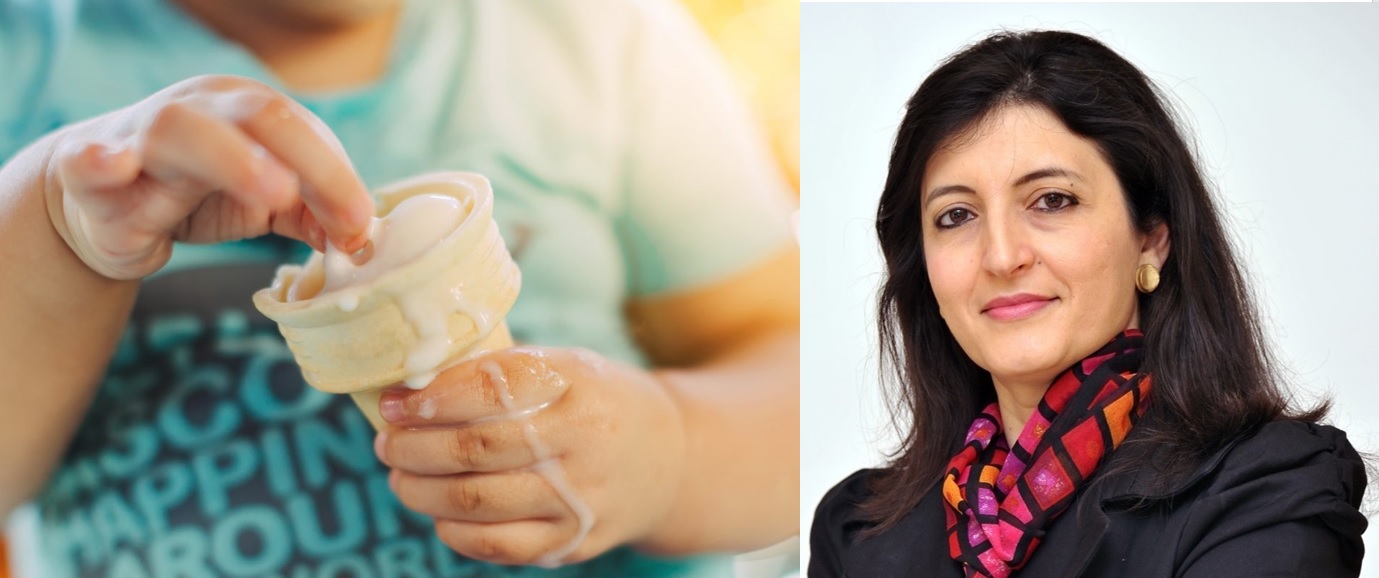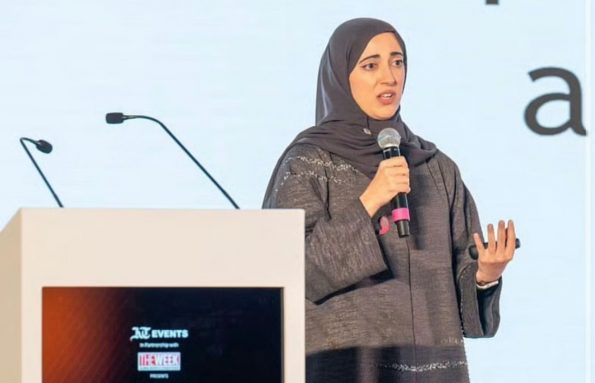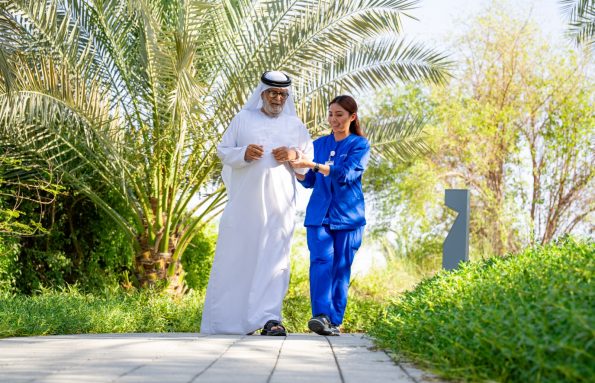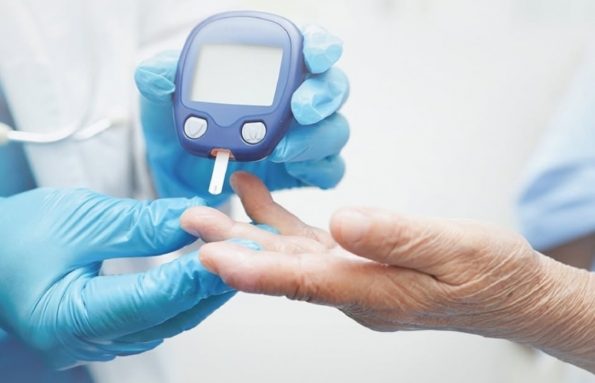Statistics about the growing problem of childhood obesity may help us to understand the scope of the problem, but what can parents actually do about it?
The rate of childhood obesity was increasing apace in the UAE even before the pandemic changed everything: from 12 percent of children in 2018 to 17.4 percent in 2020, according to statistics compiled by the Ministry of Health and Community Protection.
Other studies have shown that about one-third of children in Abu Dhabi may be overweight, explains Dr Asma Deeb, a specialist in pediatric endocrinology at Sheikh Shakhbout Medical City.
Childhood obesity isn’t exclusive to the UAE, and Dr Deeb says people aren’t wrong to use the word “epidemic”.
“I entirely agree with the terminology to describing the prevalence of obesity as it is a global disease nowadays,” she says.
There are a range of factors at play, but some of the primary reasons are a diet high in calories, unsupervised meals, a lack of movement and sleep. Genetic factors can increase the risk of obesity, particularly if one of the parents is obese. Genetics also plays a major role in metabolism and body fat distribution.
Um Abdullah blames fast food and a lack of movement for her 10-year-old son Abdullah’s weight issues.
“At first, I thought that this situation was normal for every child, but I began to notice that his weight was gaining abnormally,” she tells Livehealthy. “I tried to prevent him from junk food and replaced it with healthy meals, and cut off sugar from the house completely. Also, I was trying in various ways to get him to exercise, his father and I walked daily in the park next to us just to encourage him to exercise. But all our experiments failed. We also chose one day a week only for video games, and Abdullah did not like this.”
After trying everything in her power to help him, she wants other parents to be aware so they can know what to do. The best thing, she explains, is to prevent childhood obesity from happening in the first place.
“Take care of your children well, monitor their eating and movements regularly, and make space for video games and exercise daily,” she advises. “Our children are safe for us and we must preserve them.”
And while childhood obesity causes all the same problems that it does in adults, it gets them started on the road to multiple co-morbidities years sooner.
“These include predisposition to cardiovascular disease and dyslipidemia, fatty liver disease, obstructive sleep apnea, skeletal deformities and osteoarthritis, depression and other disorders, polycystic ovarian syndrome, and many other complications,” says Dr Deeb.
So what can parents do?
“Parents need to first understand themselves the definition of obesity and when any of their children are obese,” says Dr Deeb. “They need to educate themselves and their children about the food categories and components of a healthy diet. Lots of different reading materials and tutorials are available on social media platforms. Seeking medical advice is appropriate because support from a multidisciplinary team is very helpful.”
Childhood obesity in the UAE is diagnosed via the Body Mass Index, followed by the doctor performing a complete physical examination including tests for blood sugar level, blood pressure, and fat in the liver, Dr Deeb explains. A thorough family history should also be taken, including anyone who has had cardiovascular disease, high total cholesterol, diabetes mellitus.
Aside from preparing balanced meals at home – reducing fat and staying away from fast food – boosting activity and reducing screen time are good first steps. Sleep should also become a focus: with children keeping regular sleeping hours and minimizing disturbances. The most important thing is that any approach aimed at tackling childhood obesity should focus on the whole family, not just the child or children. Parents need to set an example.
“The most successful model for weight management is the family-centered approach,” explains Dr Deeb. “Mothers need to consider general dietary habits within the whole family and encourage all family members to participate in exercise.”






